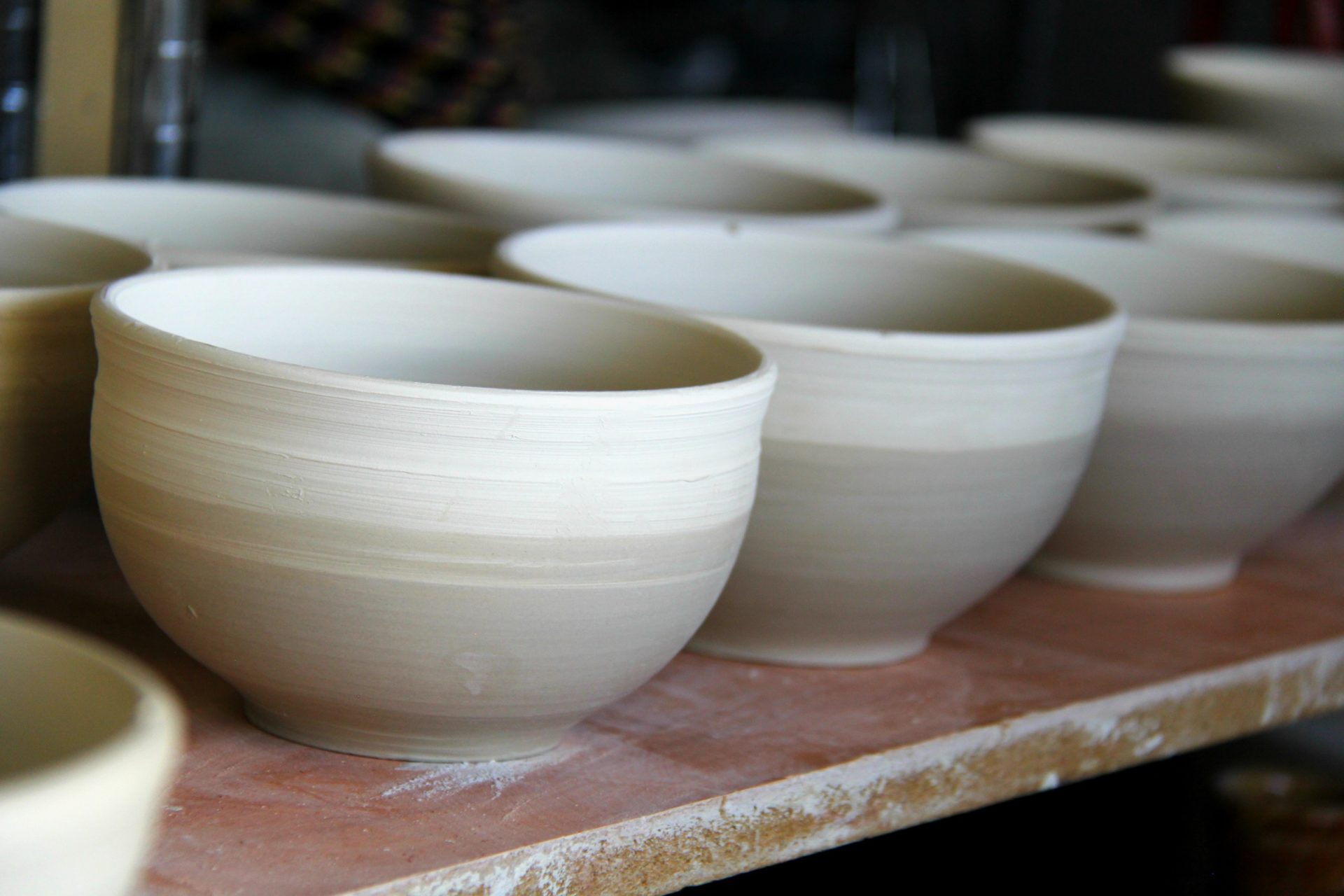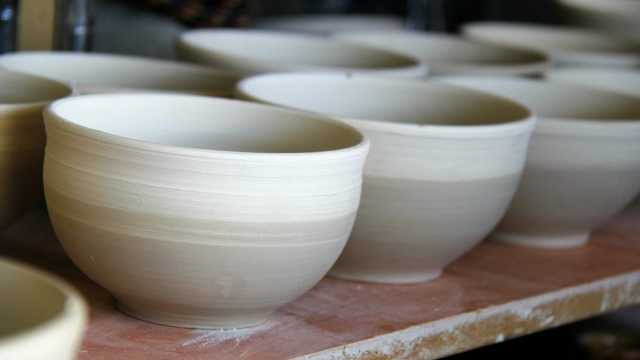
Pottery is a timeless craft that has captivated the hearts and hands of artisans for centuries. The transformation of raw clay into exquisite forms is not only an artistic endeavor but also a connection to culture and history. Each piece tells a story, a narrative woven through the delicate touch of the potter’s hands, the heat of the kiln, and the unique glazes that finish the creation. From functional items like bowls and vases to stunning art pieces, pottery remains a cherished medium that celebrates both utility and beauty.
At Amitābha Studio, this passion for pottery takes on a special form. They specialize in creating unique, one-of-a-kind lamps that breathe new life into antique and vintage Delft and other Dutch and Belgian pottery. With a deep respect for the craftsmanship of the past, these lamps not only illuminate spaces but also serve as conversation starters, each piece a blend of heritage and innovation. In an era where mass production is commonplace, Amitābha Studio stands as a testament to the dedication and artistry that define true pottery craftsmanship.
The Art of Pottery
Pottery is an ancient craft that transforms raw clay into functional and aesthetic creations. Artisans employ techniques honed over centuries, from hand-building methods to wheel throwing, allowing for a diversity of forms and styles. Each piece of pottery reflects not only the skill of the maker but also the cultural heritage and story behind the clay and glazes they choose to use.
The allure of pottery lies in the tactile experience it offers, both during the creation process and in its final form. Potters engage deeply with their materials, feeling the texture of the clay and observing how it responds to their touch. This intimate connection fosters a creative dialogue, resulting in unique pieces that bear the distinctive fingerprints of their makers. Each item tells a story, capturing the beauty and imperfection of human craftsmanship.
As we explore pottery today, one enchanting aspect is the revival and reinterpretation of antique pottery styles. For instance, Amitābha Studio specializes in creating unique lamps from antique and vintage Dutch and Belgian pottery. These lamps not only illuminate spaces but also serve as conversation starters, blending modern design with the timeless artistry of historical ceramics. In this way, the craft of pottery continues to evolve, bridging past traditions with contemporary aesthetics.
History of Delft Pottery
Delft pottery, also known as Delftware, has its origins in the late 16th century in the Netherlands. The craft began to flourish in the city of Delft as potters sought to replicate the fine blue and white ceramics imported from China. The demand for these exotic wares led local artisans to experiment with their own styles, resulting in the development of a distinctive form of pottery that combined traditional techniques with innovative designs.
By the 17th century, Delftware had gained significant popularity both locally and abroad. This period saw a rise in skilled craftsmen who refined their techniques and introduced new motifs, often inspired by the natural world, historical events, and allegorical themes. The characteristic blue and white color scheme became synonymous with Delft pottery, and many families even established their own factories, passing down the craft through generations.
The influence of Delft pottery extended beyond its immediate geographical borders and left an indelible mark on the ceramics of other regions. As trade networks expanded, the style made its way to England and America, inspiring new generations of artists and potters. Today, the legacy of Delft pottery continues, with contemporary artisans, like those at Amitābha Studio, creating unique lamps and art pieces that honor the traditional techniques while bringing a modern touch to their craftsmanship.
Crafting Unique Lamps
At Amitābha Studio, the art of pottery transcends traditional boundaries through the innovative design of unique lamps. Each piece is a harmonious blend of functionality and artistic expression, carefully crafted to illuminate spaces while showcasing the rich history of antique and vintage Delft and other Dutch and Belgian pottery. The artisans behind these creations endeavor to breathe new life into these timeless materials, transforming them into stunning light fixtures that serve as conversation starters in any home.
The process begins with a meticulous selection of pottery pieces, each telling its own story. These selected objects, often adorned with intricate patterns and vibrant glazes, are thoughtfully reimagined into lamp designs that maintain their original charm while adapting to modern aesthetics. The careful combination of color, texture, and form ensures that no two lamps are alike, allowing homeowners to enrich their interiors with personal and distinctive pieces that embody both heritage and modern-day artistry.
Final touches are applied with great care, as the lamps are fitted with quality lighting components, ensuring both beauty and functionality. The result is a collection of unique lamps that not only illuminate but also celebrate the artistry of pottery. Each lamp from Amitābha Studio is a testament to the timeless craft of pottery, merging the old with the new, and inviting appreciation for the artistry that has stood the test of time.
Sustainable Practices in Pottery
Sustainable practices in pottery have become increasingly important as artisans seek to minimize their environmental impact. Many potters are now using locally sourced clay, which reduces the carbon footprint associated with transporting materials over long distances. By utilizing natural resources that are readily available, potters can create beautiful pieces while supporting local economies and preserving the planet’s resources. This approach not only fosters a connection to the land but also highlights the unique characteristics of the regional clay, contributing to the individuality of each creation.
In addition to sourcing materials responsibly, sustainability in pottery involves the use of eco-friendly glazes and firing techniques. Traditional glazes can often contain harmful substances, but many potters have shifted toward using non-toxic, sustainable alternatives. Moreover, innovations in kilns, such as those that use renewable energy sources like solar or wind power, demonstrate a commitment to reducing greenhouse gas emissions. These advancements not only enhance the environmental responsibility of the craft but also inspire other artisans to adopt similar methods.
Finally, the concept of upcycling is gaining traction within the pottery community. Artisans like those at Amitābha Studio are transforming antique and vintage Delft and other Dutch and Belgian pottery into unique lamps, breathing new life into discarded items. This practice not only conserves resources by reducing waste but also allows for the preservation of historical craftsmanship. Each lamp becomes a testament to sustainability, blending artistry with eco-consciousness, and reminding us that beauty can emerge from both creativity and responsibility.
The Future of Pottery Art
Dopamine Decor
As we look to the future of pottery art, innovation and tradition continue to intertwine, shaping the craft in exciting new directions. Contemporary potters are embracing technology, utilizing 3D printing and digital design to create pieces that push the boundaries of form and function. This blend of old and new not only expands the creative possibilities but also makes pottery more accessible to a diverse range of artists, fostering a vibrant community that celebrates uniqueness and personal expression.
Moreover, sustainability has become a critical aspect of the pottery landscape. Artists are increasingly turning to eco-friendly materials and practices, reflecting a broader societal shift towards environmental consciousness. This commitment to sustainability ensures that the craft not only honors its rich history but also adapts to the needs of a changing world, allowing future generations to continue enjoying and practicing pottery with minimal ecological impact.
Amitābha Studio exemplifies this evolution by specializing in creating unique lamps from antique and vintage Delftware and other Dutch and Belgian pottery. This focus on repurposing historical pieces into contemporary art speaks to a greater appreciation for storytelling in pottery, connecting the past with the present. As artisans continue to explore both the technological advancements and the deeper meanings in their craft, the future of pottery art promises to be as rich and diverse as its history.


